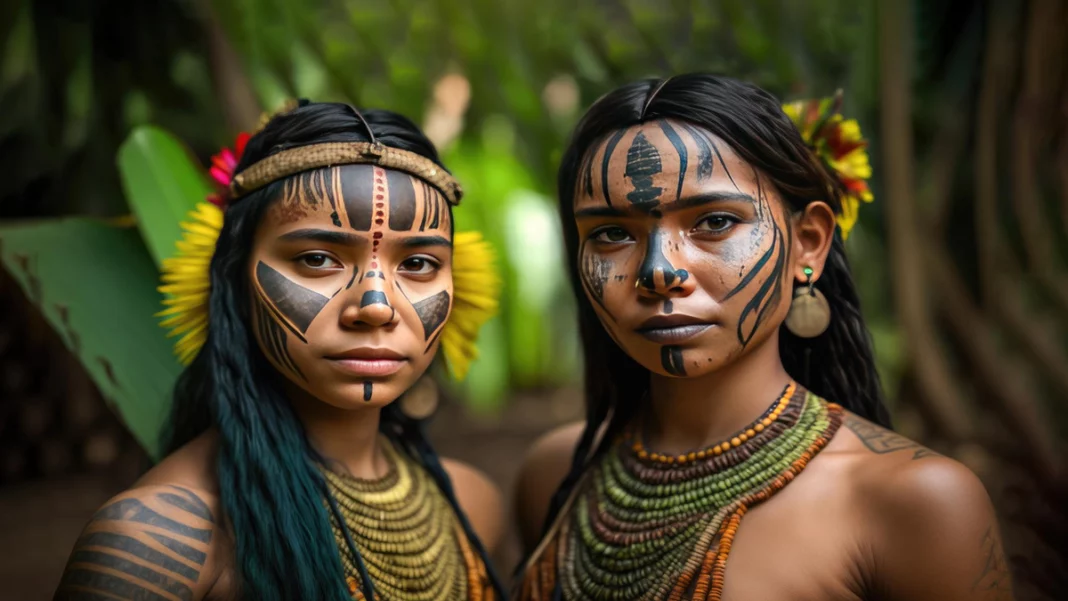Nagaland, tucked away in northeastern India, is the backdrop for an exhilarating 10-day celebration high in the mountains. The Hornbill Festival is held at the heritage village of Kisama, 12 kilometres from Kohima, the state’s capital. It brings together the 16 largest tribes of the state to celebrate their culture, heritage, and traditions in a vibrant tapestry of colourful costumes, pulsating rhythm, and musical storytelling in the first week of December.
Why is the Hornbill Festival Celebrated?
The Hornbill Festival, also known as the “Festivals of Festivals,” is a 10-day annual cultural event held in Nagaland that highlights the rich and varied Naga culture through workshops in art, traditional music, folk dances, and local cuisine and handicrafts.
In Nagaland, the festival’s purpose is to promote intertribal harmony and conserve and revitalize the distinctiveness and depth of Naga culture. The Union Government supports it, as well as the State Tourism and Art & Culture Departments, which organize it.
What does this Festival Aim to Accomplish?
The purpose of this celebration is to:
- To preserve and advance Nagaland’s unique cultural heritage.
- Bring back the customs of Nagaland.
- To encourage communication across tribes.
Encourage tourists to visit Nagaland by allowing them to experience the region’s customs, cuisine, music, and dancing.
A Yearly Spectacle
The Hornbill Festival 2023, Nagaland’s yearly spectacle, began on December 1 and ended on December 10. The festival, regarded as the beating heart of Nagaland, attracts visitors from all around India and other countries.
The 24-year-old festival has foreign acts from Germany and Colombia this year, among other countries. The chief minister of Nagaland, Neiphiu Rio, declared ahead of time that an American music band would be performing. International festival sponsorship has also drawn partnerships with Germany, Colombia, and the US.
The state offices of tourism and art & culture are collaborating to co-organize the event. The Naga Heritage Village in Kisama, located around 12 kilometers away from Kohima, will host the event. Its primary objective is to protect and revitalize Nagaland’s distinctive cultural legacy while offering a glimpse into the many ways of life of the state’s tribes.
The Cultural and Economic Significance
The Hornbill Festival provides an opportunity to highlight Nagaland’s colourful culture. The event, hosted by the Nagaland government, aims to promote the region’s cultural legacy and intertribal contacts.
The concave-casqued hornbill, an Indian bird with cultural significance to the Naga people, is the source of the festival’s name. The bird, which is native to Southeast Asia and the Indian subcontinent, is a cultural symbol and appears frequently in the folktales of the majority of Naga tribes.
The 10-day celebration features various cultural events, including music, dances, songs, and more. The festival will have musical performances, film screenings, craftscape installations, and stone-pulling events. The Unity dance, which features dancers from several Naga tribes, enhances the carnival’s cultural diversity. Additionally, entrepreneurs take advantage of the chance to showcase their crafts, adding to the lively environment.
Final Words
In addition to its cultural importance, the Hornbill Festival contributes appreciably to the economy. The state’s tourism and art and culture guide, H Khehovi Yeputhomi, claims that the competition helped individuals and businesspeople earn Rs. 75 Crore, improving the country’s economic system. 2023 saw comparable financial profits, with the festival creating 500 jobs and generating Rs. 45 crore. During the Hornbill Festival, the then-sports minister Kiren Rijiju talked about how Nagaland may also become a centre for journey sports and the various benefits of this colourful event.
Also Read: Whatsapp Leaking Data: 500 Million User Records for Sale


